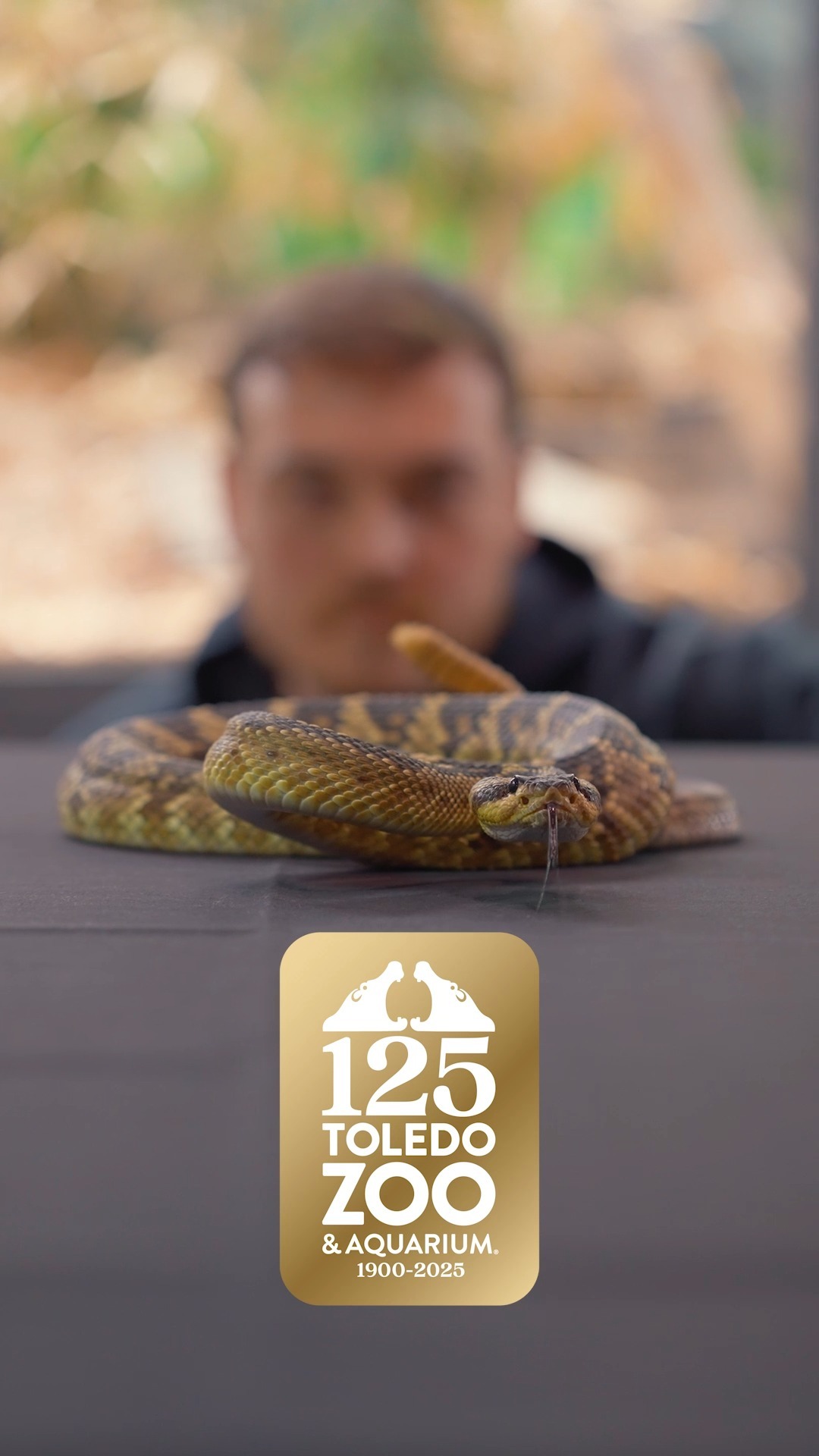- Overview of the Herpetology Photography Workshop and its offerings.
- Importance of herpetology in conservation and biodiversity.
- Role of photography in documenting and understating reptiles and amphibians.
- Insights into the Toledo Zoo’s conservation efforts with reptiles, amphibians, and arthropods.
- Practical tips for wildlife photography focusing on herpetology.
The Herpetology Photography Workshop at Toledo Zoo offers participants an unrivaled opportunity to capture detailed images of reptiles, amphibians, and arthropods in a controlled environment. Scheduled for April 12, the workshop promises an immersive experience where attendees can focus their lenses on some of the zoo’s most captivating creatures. Through this event, participants are granted access to practice their craft and expand their understanding of these often misunderstood animals.
Herpetology—the study of reptiles and amphibians—is essential in conservation and biodiversity. These creatures represent an integral part of our ecosystems. Reptiles and amphibians are bioindicators; their presence or absence in an environment reveals much about the health of ecosystems. Amphibians, for instance, are sensitive to environmental changes and act as an early warning system for habitat disturbances. By studying them, we can identify ecological problems and begin addressing the root causes early on. Understanding reptiles and amphibians contributes significantly to preserving biodiversity, making workshops like this indispensable for budding herpetologists and photographers alike.
Photography is an invaluable tool in herpetology. It operates at the intersection of art and science, playing a crucial role in documenting species behavior, anatomy, and habitats. High-quality images educate the public about reptilian diversity and the ecological roles these animals fulfill. Additionally, photographers in this field contribute to scientific research by providing visual data for studying species’ physiology and environmental interactions.
The Toledo Zoo is a pivotal player in wildlife conservation. Its efforts to protect and rehabilitate reptile and amphibian populations reflect its commitment to ecological stewardship. The zoo actively engages in breeding programs, habitat restoration, and community education efforts. Furthermore, breed and release programs have seen numerous species reintroduced into the wild, aiding local and global biodiversity.
Participants of the Herpetology Photography Workshop will leave with an expanded portfolio and heightened awareness of these animals’ ecological significance. The day will likely encompass technical sessions within the zoo, offering hands-on practice in controlled settings followed by critiques and group discussions to refine photographic skills.
For those interested in wildlife photography, particularly focusing on herpetology, several practical tips are important. First, understanding your subject is key; awareness of the species’ behavior can improve your timing and, consequently, your photos. Patience is crucial when waiting for a subject to offer precise angles and natural poses. Lighting plays an integral role, and given the reflective nature of scales and wet amphibian skin, mastering artificial and natural light is paramount. Additionally, equip yourself with appropriate lenses that allow for close-ups without intrusively approaching the animals—macro lenses are particularly useful in capturing finer details like the texture of a snake’s scales or a frog’s skin.
This workshop isn’t just an opportunity for hands-on learning in photography but also serves as a gateway to broader conservation communication. Successful wildlife photographers enhance public appreciation and understanding of herpetological subjects. By highlighting the detail and diversity of reptiles and amphibians, these images remind us of the crucial roles these animals play within their ecosystems, thereby fostering conservation support.
Whether you’re a photographer eager to deepen your craft or a wildlife enthusiast keen on conservation, participating in the Herpetology Photography Workshop is a chance to engage with a vibrant aspect of biodiversity seldom seen so intimately. Through the lens, attendees can contribute to a shared understanding and appreciation of the natural world and all its inhabitants, emphasizing the wonder and necessity of conservation efforts for reptiles, amphibians, and beyond. This engagement is not only educational but vital for fostering a culture of respect and protection for our planet’s most vulnerable species.
*****
Source Description
Zoom in on the wild side at our Herpetology Photography Workshop on April 12! 📸🐍🦎
You’ll get an un-frog-ettable chance to focus your lens on some of Toledo Zoo’s most fascinating reptiles, amphibians and arthropods.
Link in bio to sign up and explore more photo tour opportunities.


